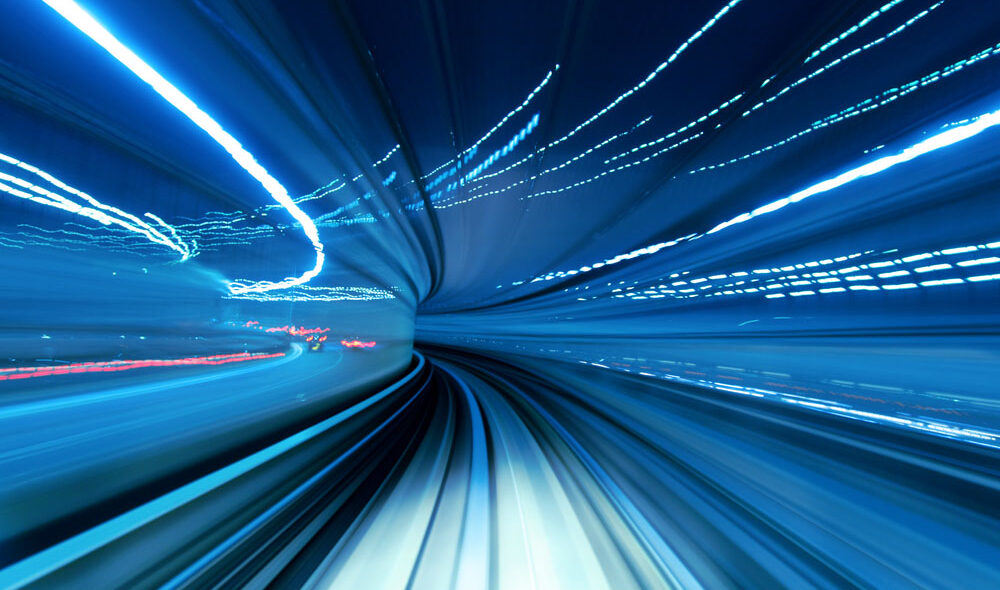It’s no secret that the coming years will bring significant transformation for the energy industry. From smart grids to investment in renewables, Britain’s businesses are already gearing up for this shift, with 72% saying they have moderately or significantly factored self-generation of electricity into their strategic planning.
With that in mind, Distribution Network Operators (DNOs) must prepare to become Distribution System Operators (DSOs). Under a DSO model, energy can be generated, distributed and stored more efficiently. Yet while the DSO model is smarter, it’s also more complex. Change is never easy, and the shift to DSO creates an array of challenges – like the need to hire new staff, and the requirement for cross-industry collaboration.
However, as our recent research into the DSO model has revealed, there’s also a broader need that can’t be ignored: network connectivity.
The network challenges of the DSO model
Network connectivity might not be the first difficulty that springs to mind as DNOs consider their transition to DSO. But it is an important one, with the potential to seriously impact how DSOs perform. Our research shows that as businesses and prosumers travel further down the road of renewables, the need for high-performance telecoms infrastructure becomes clearer. In fact, over three quarters of those who have been generating their own renewable energy for more than six years agree that ‘effective communication infrastructure is critical to creating a more intelligent smart-grid approach to energy distribution and management’.
DNOs must be prepared to tackle these challenges. But before they can do that, they need to understand them – and there are several telecoms angles to consider. Firstly, the new world of energy provision requires a fast, reliable and secure connectivity infrastructure that can facilitate significant volumes of data exchange for accurate forecasting. Existing DNOs must therefore make sure their telecoms infrastructure is able to support growing and sometimes unpredictable requirements.
Another key consideration is feeding energy back into the network. As one energy leader commented in our research, a lack of ‘bi-directional data’ is a huge challenge. For the DNOs of old, the direction of travel for electricity systems was very much a one-way flow. But as businesses and prosumers take an active role in energy generation and sharing, the grid needs an underlying network that can facilitate this flow back and forth.
Many sites where renewable energy is generated in large quantities are in rural, remote or hard-to-reach locations. Even after organisations have understood what sort of connectivity infrastructure they require, implementation can still be logistically challenging.
So, it’s clear what the roadblocks are, but how should DNOs tackle them?
Finding the technology for the task
With such a varied array of connectivity challenges to tackle, the road to DSO transformation looks like a long and bumpy one. Fortunately, there are a number of networking solutions available that can give the smart grid the reliability, scalability, low-latency and security it requires to function effectively.
Dark Fibre
The DSO model requires connectivity that is highly scalable and secure, with route diversity to protect mission critical infrastructure. One way of achieving this is by using Dark Fibre, providing DSOs with scalable bandwidth, enhanced security and total control over the network.
While high construction costs for a full, private Dark Fibre network would make it prohibitively expensive or time-consuming, DNOs could instead deploy Dark Fibre at their core network, working with partners who already have Dark Fibre available for leasing. In doing so, DNOs will still enjoy the aforementioned benefits, in good time and without breaking the bank.
SD-WAN
Software-Defined Wide Area Networking (SD-WAN) can then be used to connect this core network to regional and rural locations, including branch offices, headquarters, cloud platforms and data centres. This allows the central controller to prioritise traffic in peak times and to roll out new protocols, even over large distances, which will be crucial for a nationwide smart grid.
SD-WAN provides more visibility, flexibility and security over the network, positioning future DSOs to make more intelligent decisions and respond to business or user needs at pace. It can also create efficiencies and generally facilitate easier control of the network, in turn generating cost and time savings for network managers.
Making the most of the DSO future
Britain’s energy industry is changing fast. With almost a third of prosumers (32%) and six in ten (59%) businesses intending to increase the amount of renewable energy they generate, it won’t be long before we all take a more active role in energy – whether that’s producing it, trying to use it more efficiently or embracing smart grid applications.
But there’s plenty of work to do first, and the DNOs of today must shoulder this mantle. The benefits of the smart energy future can only be realised if DNOs can transition to DSOs successfully and, for that to happen, the smart network needs the right connectivity infrastructure to underpin it. That’s a hugely complex task that will require expert insight, collaboration and modern applications for network management. Fortunately, all of those things are already available in the wider market; DNOs simply need to reach out and find them.
From new regulatory frameworks to better incentives and the right partners, Britain’s energy leaders know the shift from DSO to DNO will be filled with complications.







